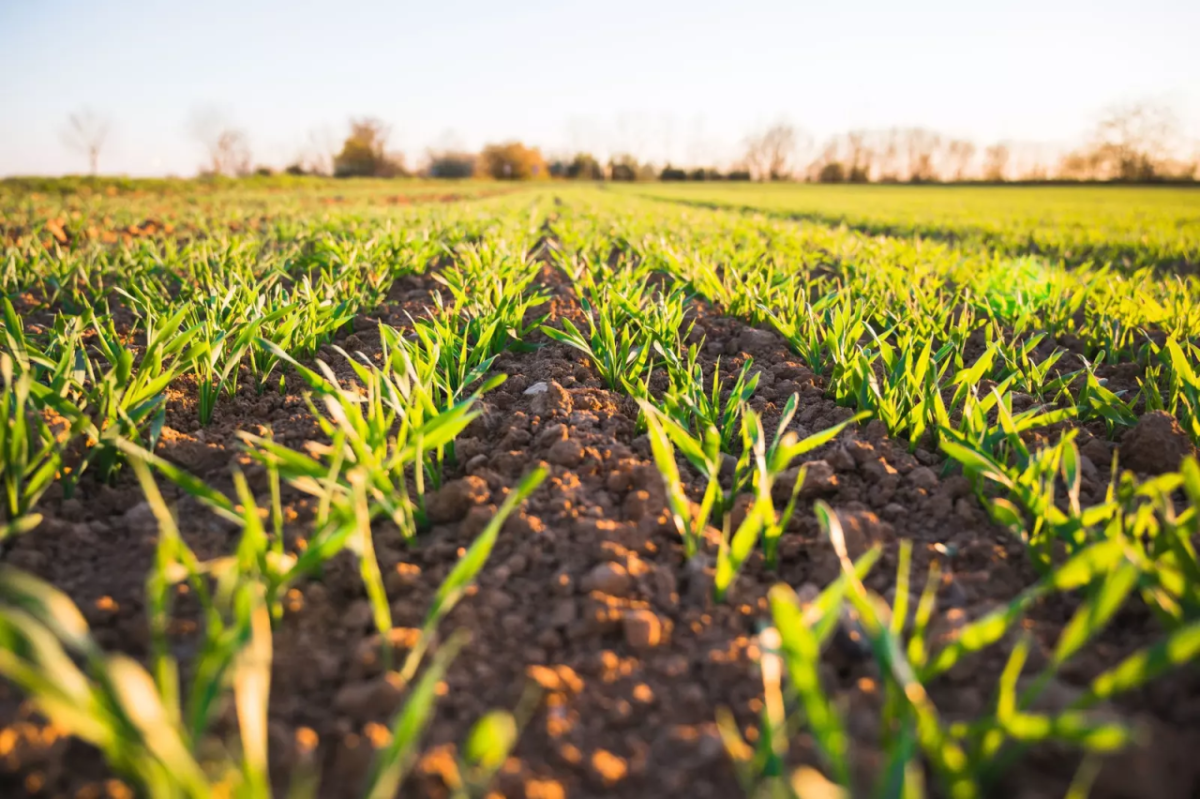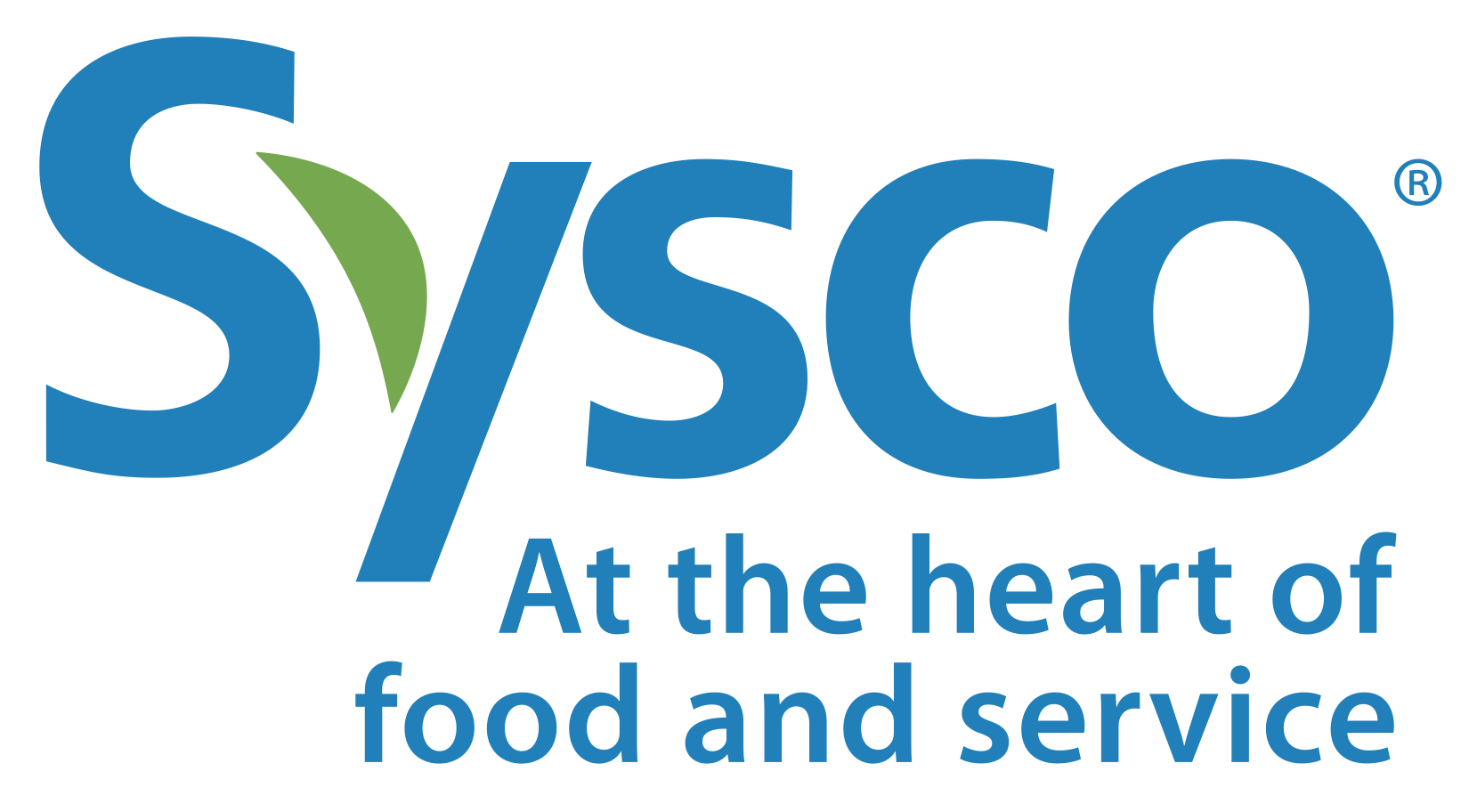How Collaboration on Regenerative Agriculture Can Strengthen Food Security

Originally published by the World Economic Forum on September 19, 2023
By Neil Russell, Chief Administrative Officer, Sysco
- We know that climate change contributes to agricultural land degradation, but it also has a ripple effect on the food ecosystem.
- Regenerative agriculture – a combination of farming techniques – can restore the land and sequester large amounts of carbon.
- Better collaboration along the food value chain and among other parties is needed to catalyze financial investment in regenerative practices, provide resources to farmers and drive market demand.
For decades, industrialized agriculture has been optimized for efficiency and increased yields to feed a growing global population. This industrialization has led to one-third of human-driven global greenhouse gas emissions being attributed to food systems, primarily from agriculture and land use changes, according to a UN study published in Nature Food.
Furthermore, it has led to our food system becoming under strain and less resilient to climate impacts. In 2019, the IPCC showed that climate change exacerbates land degradation and threatens food production. Increases in temperatures and extreme weather events, from droughts to floods, have threatened production yields and changed where crops can be grown. This impact has a ripple effect on the food ecosystem, causing short-term supply shocks and long-term shifts in yields and price volatility, ultimately impacting food security.
Agriculture can solve its own problem
Regenerative practices – a combination of farming techniques that look to reverse the impacts of mass farming – have been shown to restore the land and sequester carbon by up to 20 tons per acre per year, improving soil health and water retention, enhancing biodiversity, making farmland more resilient and improving food security.
In addition, following the transition and investment, regenerative farms have been shown to have more consistent and higher yields, higher-margin crops and lower input costs, unlocking more profitability for farmers – all while combating climate change.
Over the past decade, some players have slowly transitioned their production to regenerative agriculture. However, these innovative practices have only penetrated high-margin foods at a relatively low scale. We will need more collaboration among the food value chain and its stakeholders to increase adoption across the entire food ecosystem.
As the largest food distributor in the world, Sysco has a key role in connecting the food value chain to help drive this change and protect food security for generations to come. But we can’t do it alone. We need others to come to the table to support farmers and growers as they adopt regenerative agriculture practices and transform farming so that it is economically viable and benefits the planet and people.
“We need more companies across the food value chain, governments, industry experts, academia and non-profits to come together to empower farmers through education, financing and other resources required to make this transition.”— Neil Russell, Chief Administrative Officer, Sysco
Collaboration to catalyze regenerative agriculture
Three specific areas where collaboration is needed:
1. Develop effective policies that generate financial investment in regenerative practices
The transition to regenerative practices takes time. According to a recent report, it requires a three-to-five-year transition period, depending on the crop, before producing higher yields.
It’s also complex; applying these practices can vary by region, crop, product or farm. For these reasons, farmers can understandably be reluctant to adopt new practices. Collaboration to develop effective public policy can drive investment and enable farmers to make changes. Importantly, this approach will also help ensure new methods don’t cause further food inflation and reduce food security.
2. Empower farmers and ranchers through education, financial and technical resources
We need more companies across the food value chain, governments, industry experts, academia and non-profits to come together to empower farmers through education, financing and other resources required to make this transition.
Together, we can engage more farmers and share information about the benefits of regenerative practices and how to implement new techniques and equipment that facilitate regenerative practices. It will require suppliers that purchase agricultural goods to enable farmers to transition. Buyers of finished goods such as Sysco can also help by setting goals and expectations for regenerative practices from their suppliers, providing guidance on transitioning and driving connectivity between farmers and other stakeholders.
Sysco has been driving change in this way for decades. For example, in the Southern Great Plains, Sysco partnered with one of our key suppliers, Cargill and the National Fish and Wildlife Foundation to bring financial and technical resources to restore grasslands and protect wildlife habitats across 1 million acres in one of America’s most critical beef-producing regions.
Through these grants, conservation experts are working alongside ranchers and farmers in five states to improve soil health and promote biodiversity while sequestering carbon and strengthening the land’s resilience to extreme weather.
3. Drive market demand, increasing consumer awareness and defining regenerative agriculture standards
Ultimately, we must aim to drive market demand for products from regenerative practices. Consumer packaged goods, retail and food distributors such as Sysco must raise the profile of regenerative foods, highlight and explain certifications to customers and increase consumers’ understanding that regenerative benefits human health, nutrition and the environment.
To do this effectively, we must also clearly define regenerative standards. Today, there are varying frameworks, definitions and interpretations of regenerative agriculture standards. That makes it difficult to assess and measure outcomes, which can further hinder adoption by farmers. In addition, consumers appreciate clear market identifiers such as certifications, which makes it easier for them to make purchasing decisions.
Sysco is working to drive awareness with our customers about the general importance of regenerative processes and how they can find products grown using these practices within our assortment to enhance the sustainability of their menus. For example, we are working to identify regenerative certifications in our product assortment to make it easy to support these practices.
If we want to continue nourishing people with all our planet’s goodness, more collaboration is needed to drive sustainable food transformation while keeping costs affordable. At Sysco, we are committed to supporting the transition and leveraging our position at the centre of the food value chain to influence change in all three ways discussed above.
We have made progress but aim to help scale these practices throughout the food industry. These changes will help us secure food supply for generations to come.
View original content here.

